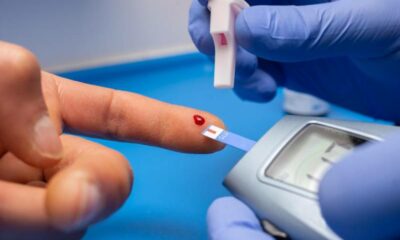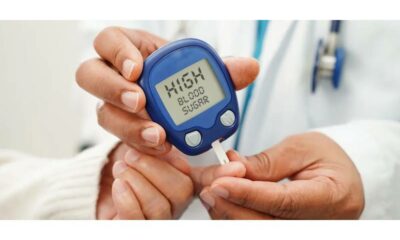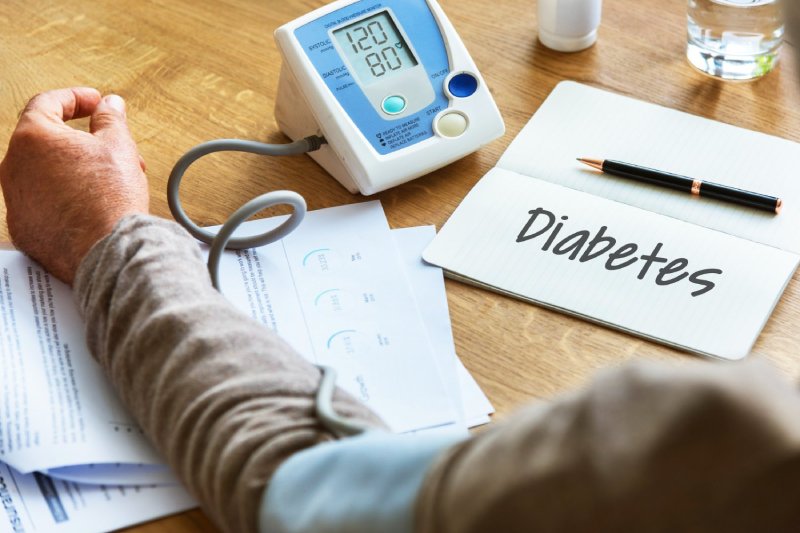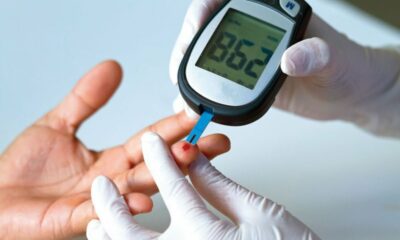Managing diabetes and hypertension simultaneously is a formidable task, but understanding their interplay and adopting a holistic approach can lead to improved health outcomes. This article explores the interconnected nature of these conditions and provides practical strategies for effective management.
Introduction
Diabetes and hypertension are two of the most prevalent chronic conditions worldwide, often occurring together and exacerbating each other’s effects. Managing both conditions synergistically requires an integrated approach that addresses lifestyle changes, medical management, and the psychosocial aspects of living with chronic illness.
Understanding Diabetes and Hypertension
Diabetes Overview
Diabetes is characterized by elevated blood glucose levels due to the body’s inability to produce or effectively use insulin. There are three primary types:
- Type 1 Diabetes: An autoimmune condition where the body attacks insulin-producing cells.
- Type 2 Diabetes: A condition where the body becomes resistant to insulin or doesn’t produce enough.
- Gestational Diabetes: Diabetes that develops during pregnancy.
Symptoms include excessive thirst, frequent urination, fatigue, and blurred vision. Diagnosis typically involves blood tests such as fasting glucose levels and HbA1c.
Hypertension Overview
Hypertension, or high blood pressure, is a condition where the force of the blood against artery walls is consistently too high. It’s classified into:
- Primary Hypertension: No identifiable cause; develops over time.
- Secondary Hypertension: Caused by an underlying condition like kidney disease or hormonal disorders.
Symptoms are often silent, earning it the nickname “the silent killer,” but can include headaches, shortness of breath, and nosebleeds in severe cases. Diagnosis involves measuring blood pressure using a sphygmomanometer.
The Interconnection Between Diabetes and Hypertension
Diabetes and hypertension share several risk factors, including obesity, poor diet, and sedentary lifestyle. High blood sugar levels can damage blood vessels, increasing the risk of hypertension. Conversely, hypertension can exacerbate diabetic complications like kidney disease.
Impact on the Body
Both conditions can lead to severe complications:
- Cardiovascular Disease: Increased risk of heart attack and stroke.
- Kidney Disease: Damage to blood vessels in the kidneys.
- Eye Disease: Retinopathy and vision loss.
- Neuropathy: Nerve damage leading to pain and numbness.
Lifestyle Modifications for Managing Both Conditions
Diet and Nutrition
Adopting a balanced diet is crucial. Recommended dietary approaches include:
- DASH Diet (Dietary Approaches to Stop Hypertension): Emphasizes fruits, vegetables, whole grains, and lean proteins while reducing salt intake.
- Mediterranean Diet: Focuses on healthy fats, such as olive oil, nuts, and fish, along with plenty of fruits and vegetables.
Specific nutrient recommendations include:
- Fiber: Helps control blood sugar and blood pressure.
- Potassium and Magnesium: Essential for blood pressure regulation.
Avoid high-sodium foods, processed foods, and sugary beverages.
Physical Activity
Regular exercise is beneficial for both conditions. Recommended activities include:
- Aerobic Exercise: Walking, cycling, swimming.
- Strength Training: Lifting weights, resistance band exercises.
- Flexibility Exercises: Yoga, stretching.
Aim for at least 150 minutes of moderate-intensity exercise per week.
Weight Management
Maintaining a healthy weight is essential. Strategies include:
- Caloric Intake Monitoring: Balance calorie consumption with expenditure.
- Healthy Eating Patterns: Smaller, more frequent meals to stabilize blood sugar levels.
Medical Management and Treatment Options
Medications for Diabetes
Common medications include:
- Insulin: For Type 1 and some Type 2 diabetes patients.
- Metformin: Helps control blood sugar levels.
- Sulfonylureas: Stimulate insulin production.
Medications for Hypertension
Common medications include:
- ACE Inhibitors: Relax blood vessels.
- Beta-Blockers: Reduce heart rate.
- Diuretics: Remove excess sodium and water.
Combined Medication Strategies
Managing both conditions often requires a coordinated approach. Regular monitoring and adjustments are crucial to avoid adverse interactions and achieve optimal control.
Monitoring and Managing Complications
Regular Health Check-ups
Routine monitoring is essential:
- Blood Sugar: Daily self-monitoring and regular HbA1c tests.
- Blood Pressure: Regular home monitoring and clinical check-ups.
Key tests include lipid profiles and kidney function tests.
Identifying and Addressing Complications Early
Early detection of complications is vital. Watch for signs such as chest pain, vision changes, and numbness. Preventive measures include regular eye exams and foot care.
The Role of Mental Health and Stress Management
Psychological Impact
Living with chronic conditions can affect mental health, leading to anxiety and depression.
Stress Management Techniques
Reducing stress is essential for overall health:
- Mindfulness and Meditation: Techniques to reduce stress and improve focus.
- Counseling: Professional support to manage emotional challenges.
Building a Support System
Family and Friends
A strong support system is vital. Open communication and understanding from loved ones can provide emotional support and practical assistance.
Healthcare Team
A coordinated care approach involving various healthcare professionals (doctors, dietitians, endocrinologists, cardiologists) ensures comprehensive management.
Conclusion
Addressing diabetes and hypertension together requires a multifaceted approach that includes lifestyle modifications, medical management, and psychosocial support. By adopting a synergistic health strategy, individuals can effectively manage these conditions and improve their overall quality of life. The key is to stay proactive, maintain regular check-ups, and lean on support systems for guidance and encouragement.

 Diabetology2 weeks ago
Diabetology2 weeks ago
 Diabetology2 weeks ago
Diabetology2 weeks ago
 Diabetology4 days ago
Diabetology4 days ago
 Diabetology3 days ago
Diabetology3 days ago
 Diabetology3 days ago
Diabetology3 days ago
 Diabetology2 days ago
Diabetology2 days ago













